This site uses cookies. By continuing to browse the site you are agreeing to our use of cookies. Read our privacy policy


Trade between Europe and Asia has flourished for millennia. But intercontinental traffic flowing between East and West requires, quite literally, a change of track.
Located in the heart of Europe, the town of Fényeslitke in Hungary is where standard-gauge and wide-gauge railways meet. All cargo traveling between the two continents must be switched between trains to continue its journey.
In operation since October 2022, the East-West Gate Intermodal Terminal (EWG) in Fényeslitke serves as a hub for the region's rail, road, and waterway transport. One of Europe’s largest intermodal terminals, it can handle up to 1.2 million TEUs per year. (TEUs, or twenty-foot equivalent units, are units of measurement used to determine cargo capacity for container ships and terminals.)
But EWG is no ordinary port. It uses remote-controlled overhead cranes to move containers, making it Europe's first smart railway logistics terminal.
"With the construction of the East-West Gate, Hungary is back on the map of international rail logistics," said János Tálosi, CEO of East-West Intermodal Logistics, in a video made for the launch. "The railway terminal in Fényeslitke that allows track change was built in record time, and currently is the most modern transfer terminal in Europe."

The EWG Terminal has one 41-meter wide crane on rails, and two that are 28 meters wide, plus a free-ranging 20-meter high crane. Instead of drivers operating each crane from a cabin high above the ground, the cranes are equipped with 20 high-resolution cameras whose images are fed to operators working offsite. The cranes are equipped with sensors and artificial intelligence (AI) algorithms, allowing them to operate with a high degree of accuracy and speed.
Lots of bandwidth is needed to upload the images from the cranes and view them in real time, while controlling the cranes requires low latency in the network. A secure 5G private network enables wireless, real-time remote control across the entire container terminal.
Controlling these cranes remotely reduces the need for workers on the ground as containers are transferred, making the terminal safer. EWG also uses digital twins to help with preventative maintenance, improving working conditions and operational efficiency by more than 20%.
The 5G connectivity at EWG allows for real-time tracking and management of cargo. State-of-the-art logistics software allows full control of all terminal operations, enabling the efficient and timely handling of cargo, as well as detecting and preventing bottlenecks and delays. As a result, shippers can accurately predict arrival times and improve overall supply chain management.
In addition, the EWG is powered by renewable energy sources, such as solar panels, and employs a rainwater harvesting system to reduce water use. All vehicles on the site are electrically powered.
Overall, the East-West Gate Intermodal Terminal is a major step forward in the development of smart railways in Europe. Its use of 5G connectivity and fully automated overhead cranes improves efficiency while lowering costs. At the same time, its environmentally friendly features make it a more sustainable transportation hub.
Watch this video to learn more.


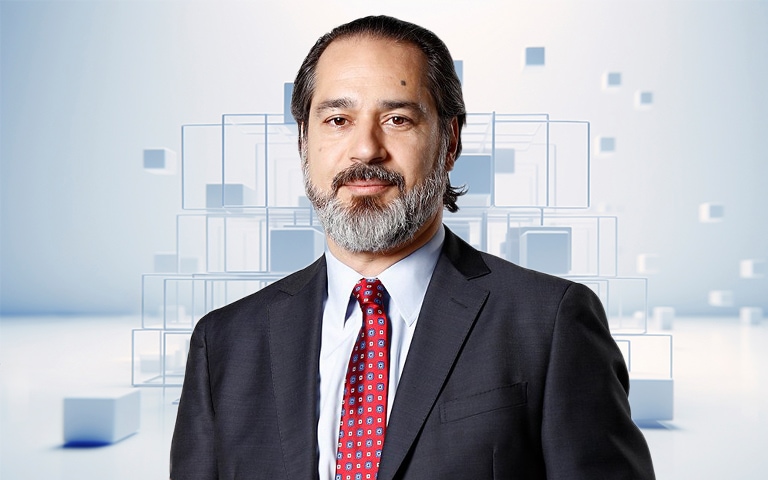
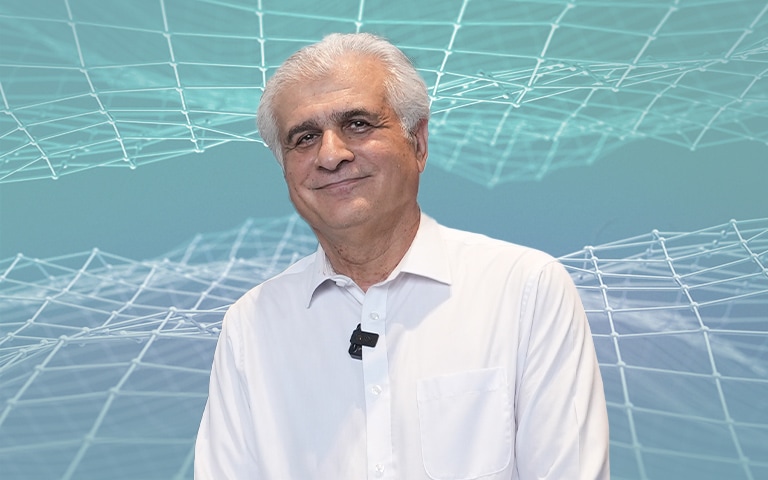
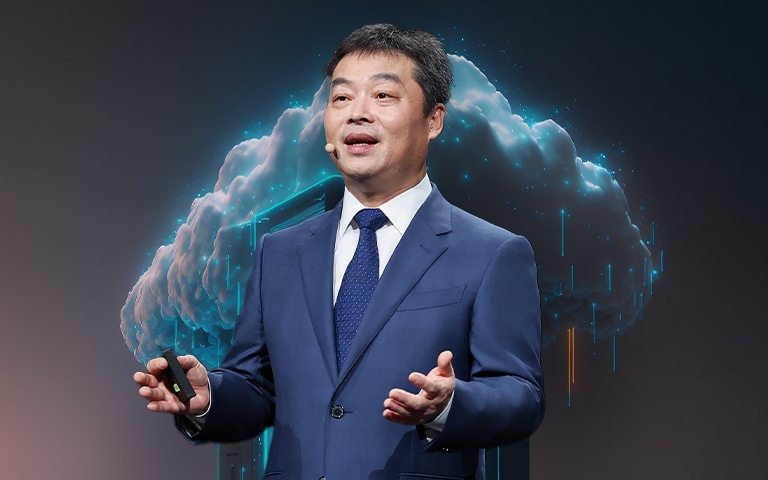
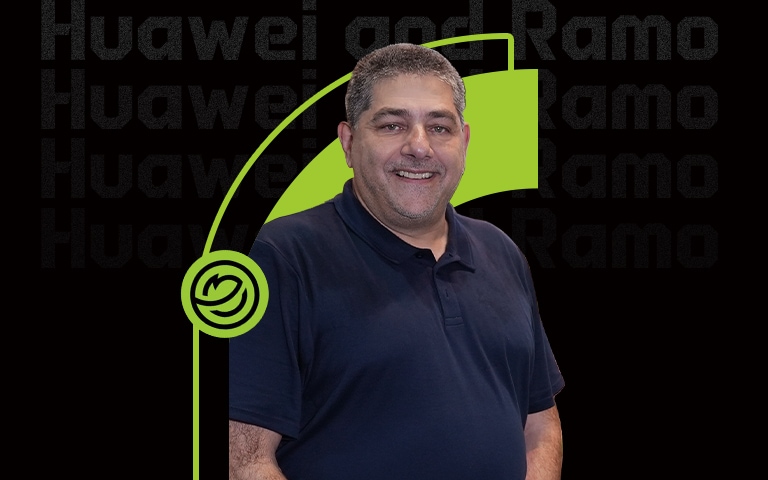


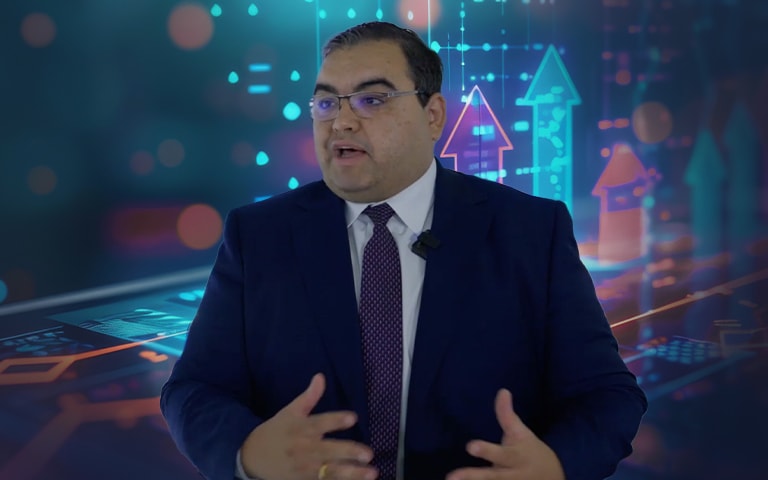
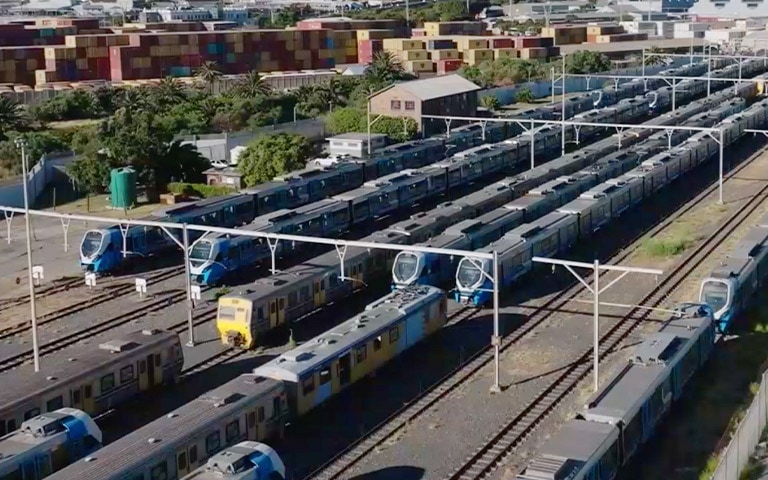
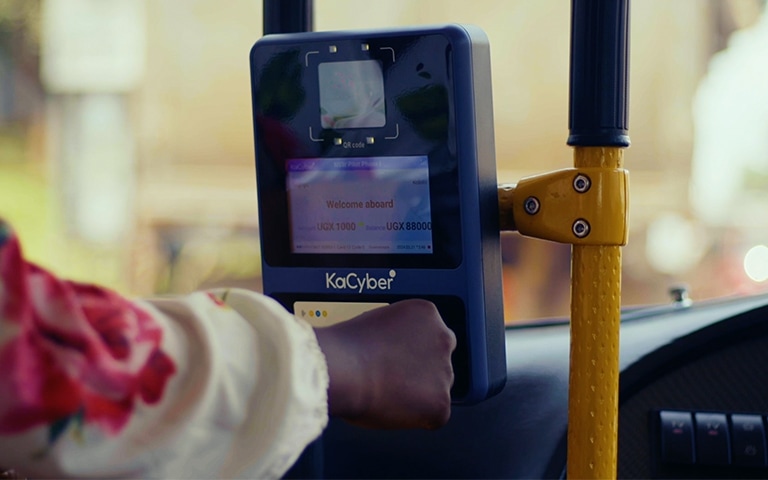
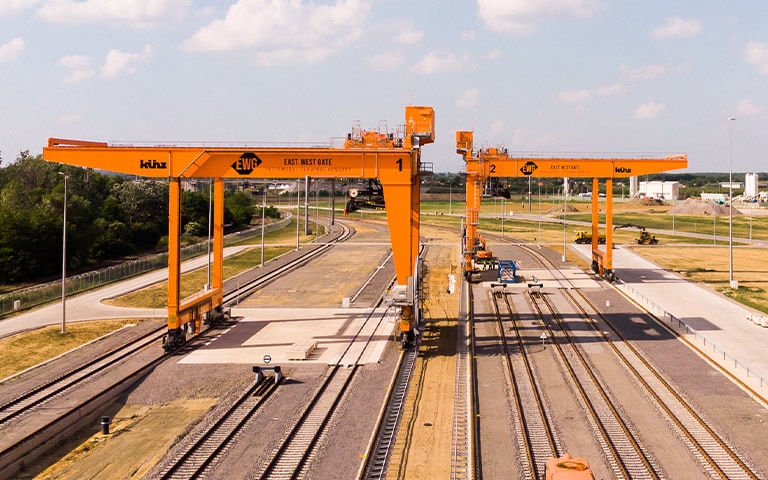

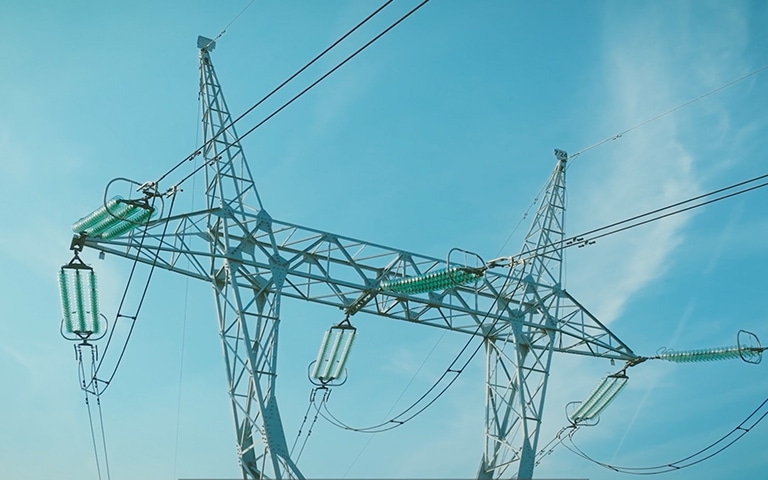
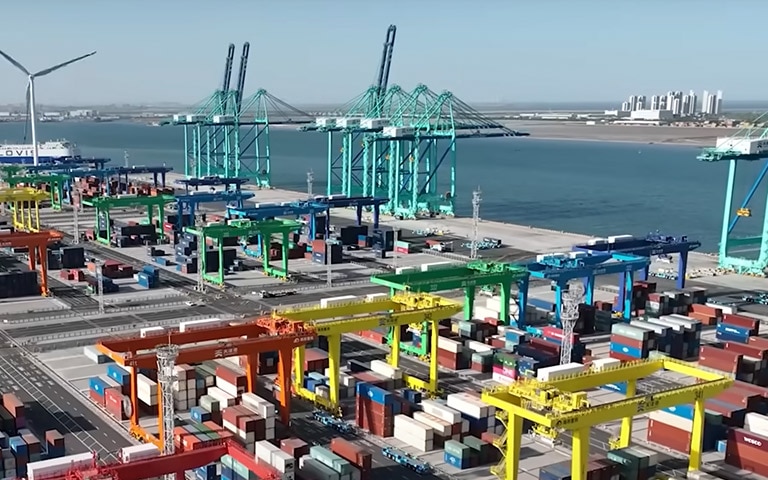



Contact us! transform@huawei.com
